Space travel :
 Off-planet travel is an experience like no other, say those that have already travelled into orbit. And that's just what ticketed, still-to-fly customers for future suborbital treks want to hear.
Off-planet travel is an experience like no other, say those that have already travelled into orbit. And that's just what ticketed, still-to-fly customers for future suborbital treks want to hear.
Space travelers - those that have flown, as well as patrons-in-waiting for commercial spaceline operations to begin - spoke at the 2007 International Symposium for Personal Spaceflight (ISPS), held here October 24-25.
Reda Anderson, the first customer to sign up for a suborbital sendoff courtesy of Rocketplane Global, Inc., listed the "three R's" of commercial personal spaceflight: Risk, Reward, and Responsibility.
Anderson doesn't see herself as a tourist.
"That's because they are not serving coffee on this flight. I see myself as a pioneer ... one of, say, the first 100 people that certainly are pioneers, maybe the first 500," she said.
"We are the ones who'll begin this movement," Anderson added. "Darn right I know I could die there."
Opening up the market
For Craig Willan, a future passenger on Sir Richard Branson's Virgin Galactic suborbital spaceliner: "I'm not worthy to be called an astronaut or an astronaut candidate. I'm a space traveler ... that's basically it." His official job here on Earth is President of Omega Research and Engineering, Inc. of Justin, Texas.
Like Anderson, Willan also said that he readily accepts the risks associated with public space travel.
As for the current price tag to fly aboard the suborbital SpaceShipTwo, now being built for Virgin Galactic, Willan's seat into space is costing $200,000. He'll be one of the first 100 to ride that vessel and believes that, potentially, ticket prices are going to come down - way, way down in the future.
Earlier in the day, Alex Tai, Chief Operation Officer for Virgin Galactic, noted that the company now has $31 million in deposits from future suborbital space travelers. "When we start flying people from Spaceport America here, and we show people exactly how wonderful it is to go to space and the wonderful experience you can have ... the market is really going to open up," he said.
Like a dream
There are two things you'll remember about being in space, explained Michael Lopez-Alegria, a veteran NASA spaceflyer with 10 spacewalks to his credit, as well as a stint aboard the International Space Station.
"The first is that it's better than you ever imagined. And the second is that you can't go back in your mind ... it's like a dream, like a parallel existence that you just can't get your arms around," Lopez-Alegria said. He said that once you've lived in space, the experience you'd like to bottle up so you can take a sniff of it every once in a while.
"Space is very addicting ... so be ready for that," Lopez-Alegria suggested to the audience. Launch and the speed needed to reach Earth orbit are truly amazing events, he said.
The sensation of floating - whether you equate that to a fish or a bird - "it doesn't matter. The sensation is unbelievable ... and the amazing thing is that it just never stops," Lopez-Alegria said.
In viewing the Earth from space, Lopez-Alegria said that our planet takes on many faces. "It looks fragile. It looks sturdy. It looks inviting. It looks hostile," he suggested.
From a spacewalker's perspective, with the freedom of looking at the sky during a night part of an orbit around the Earth, Lopez-Alegria pointed out: "Instead of seeing a black sky with pinpoints of light, it's almost as if you see a white sky with pinpoints of black. That's how many stars there are," he said.
Exceeds all expectations
A little over a year ago, Anousheh Ansari, attracted worldwide notice as the first female private space explorer to board the International Space Station. The high-tech businesswoman and co-founder of Prodea Systems of Plano, Texas paid some $20 million for her orbital adventure in September 2006.
The actual experience "exceeds all expectations" and is something that's hard to put to words, Ansari advised. "A lot of people say that diving is the closest thing to being weightless. It comes close, but still, it's not the same."
Ansari's suggestion, for those taking suborbital flights of short duration, is that future travelers need to make the whole journey the experience - and not just focus on the moment of weightlessness or the moment you see Earth. The entire preparation and mental preparedness is part of the journey, she said.
"There are a lot of new sensations that you'll be introduced to, and you need to mentally be prepared for that," Ansari said.
In her mission into Earth orbit, being able to observe the Earth from space had an impact on her. "It sort of reduces things to a size that you think everything is manageable. All these things that may seem big and impossible ... we can do this. Peace on Earth - no problem. It gives people that type of energy ... that type of power, and I have experienced that."
Stellar-traveling species
Retired NASA astronaut, Dan Barry, has a trio of spaceflights under his flight helmet. His take home message regarding the importance of taking risk in order to fly through space boiled down to one word: adaptation.
"Life is something that modifies its environment ... changes things around in order to succeed," Barry explained. The obvious adaptation of the human race to all of the issues that are confronting us on the planet is to leave - to develop a spacefaring society, he said.
Mars is Barry's object of choice in regards to human expansion outward, on the drive to eventually become a stellar-traveling species.
"It is more than just nice. It's an obligation for us to get off this planet - to make it no longer possible to wipe out the species with a single event, an asteroid, or a crazy virus or an ecological runaway," Barry said. "It becomes not a destiny, but an absolute necessity for us to establish a place on Mars that is permanent, independent ... and capable of sustaining the species without Earth."

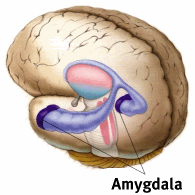
 Will Microsoft one day dominate the mobile software market as it has the PC market for the past two decades?
Will Microsoft one day dominate the mobile software market as it has the PC market for the past two decades?

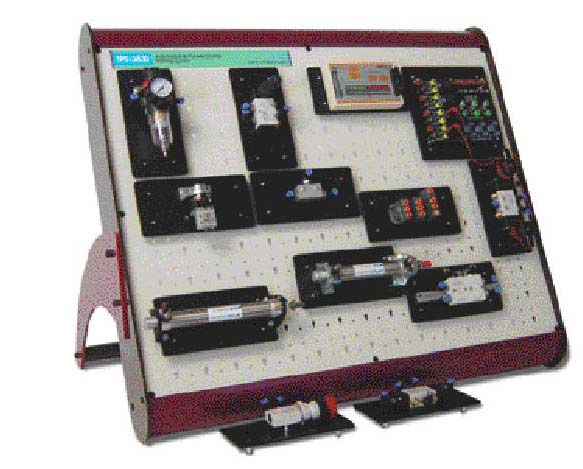


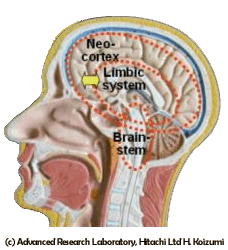
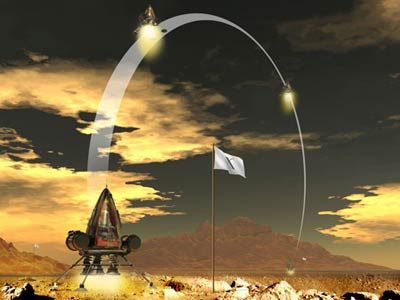








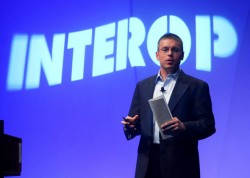

 China launched its first lunar probe Wednesday. Japan sent an orbiter up last month. India is close behind. It's an economic competition with military undertones.
China launched its first lunar probe Wednesday. Japan sent an orbiter up last month. India is close behind. It's an economic competition with military undertones.
 MIT (The Massachusetts Institute of Technology ) has teamed up with an Indian institution to organise an international competition for the best research paper on innovative responses to India's new urban challenges.
MIT (The Massachusetts Institute of Technology ) has teamed up with an Indian institution to organise an international competition for the best research paper on innovative responses to India's new urban challenges.